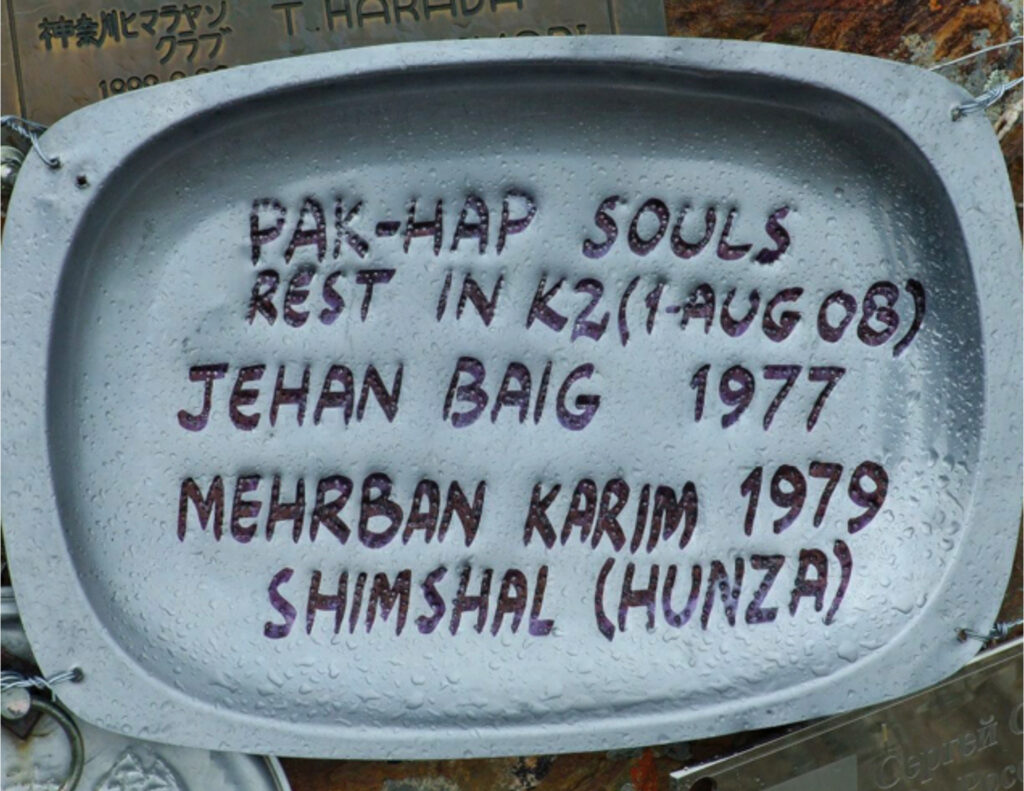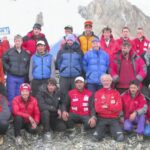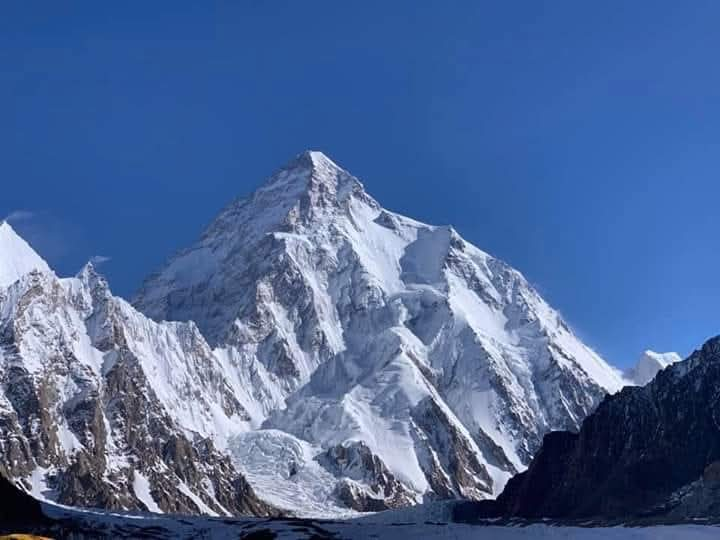
On the 17th anniversary of the 2008 K2 Tragedy, we pay tribute to the legacy of two brave Pakistani mountaineers whose lives were lost on the world’s most perilous mountain, far from the recognition they rightfully deserved. Shimshal Valley, Gilgit-Baltistan — Tucked away in the Karakoram mountains is Shimshal, a secluded village often referred to as “The Valley of Mountaineers.” On August 1, 2008, the world bore witness to one of the most catastrophic days in the annals of high-altitude mountaineering, with 11 climbers losing their lives on K2, the second-highest peak globally. Among them were two local heroes: Meherban Karim and Jehan Baig — names that remain relatively unknown beyond Pakistan, yet legendary within the mountainous highlands of Gilgit-Baltistan. This anniversary presents a solemn moment to honor these overlooked mountaineers — not merely as victims of a climbing tragedy but as embodiments of resilience, bravery, and sacrifice.
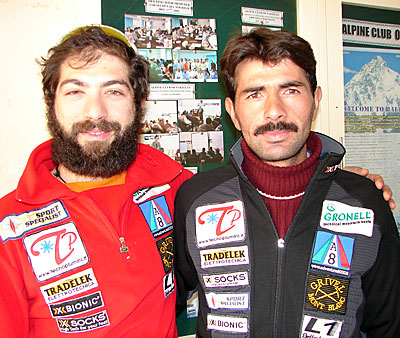
Meherban Karim: “Karim the Dream” (1979-2008)
Born on January 21, 1979, Meherban Karim was raised amidst the imposing peaks of Shimshal. Inspired by the rugged landscape surrounding him and trained by local luminaries Rajab Shah and Meherban Shah, Karim embarked on his climbing journey early and with passion. In 1997, at the age of 18, he successfully summited Minglik Sar (6,050m), marking the commencement of a career that would lead to Himalayan accomplishments.
Nicknamed “Karim the Dream,” he earned widespread admiration for his audacious alpine style and his commitment to climbing without supplemental oxygen, an uncommon practice even among elite mountaineers. He successfully reached the summit of Gasherbrum II in 2003, Nanga Parbat in 2005, and ultimately K2 in 2008, just prior to his untimely death. His most notable accomplishment remains the ascent of Nanga Parbat in 2005, which he achieved in a remarkable 16-hour continuous effort from Camp 4 to the summit and back to Base Camp, all without the use of bottled oxygen. According to Pamir Times, “Nobody else has accomplished such a push to this day.” This extraordinary feat positions him among the elite climbers of the world, despite the absence of his name from most international climbing publications. Karim had made several attempts to summit K2 before finally achieving this goal on August 1, 2008. Tragically, while descending near the infamous Bottleneck, a narrow and avalanche-prone couloir, he became ensnared in a disaster that resulted in the loss of ten other lives that day. He was 29 years old.
“Karim climbed not for glory, but for the love of the mountains,” notes travel blogger Kamran on Bike. “He was a quiet, humble man whose legacy ought to be honored well beyond Shimshal.”

| Year | Peak Name | Height | Remark |
|---|---|---|---|
| 1997 | Minglik Sar | 6,050 m | Successful |
| 2002 | Broad Peak | 8,047 m | Unsuccessful |
| 2003 | Gasherbrum II | 8,035 m | Successful |
| 2004 | Broad Peak | 8,047 m | Unsuccessful |
| 2005 | Nanga Parbat | 8,125 m | Successful |
| 2006 | Walyoo Sar | 6,030 m | Successful (First Ascent) |
| 2006 | K2 | 8,611 m | Unsuccessful |
| 2007 | K2 | 8,611 m | Unsuccessful |
| 2007 | Nanga Parbat | 8,126 m | Unsuccessful (Winter Ascent) |
| 2008 | K2 | 8,611 m | Successful, died on descent |
Jehan Baig (1977-2008
If Karim was characterized as a dreamer, Jehan Baig was defined as a survivor. A mason by profession and a porter by circumstance, Jehan commenced his work on trekking routes around Shimshal at the tender age of 12 to support his family. Although not motivated by a passion for climbing, he gained respect for his resilience and bravery, gradually advancing from a porter to a high-altitude assistant climber, one of the most perilous roles in mountaineering. Between 2004 and 2008, Jehan summited Gasherbrum I (8,080m) and Gasherbrum II (8,034m), in addition to making several attempts on K2. In 2008, during his third expedition to K2 with a French team, tragedy struck. When a Serbian climber fell near the Bottleneck, Jehan, who was possibly already experiencing high-altitude sickness, joined a group to recover the body. Eyewitnesses later recounted that Jehan lost his footing. Rather than attempting to self-arrest with his ice axe, he quietly allowed himself to fall — perhaps acknowledging his waning strength, or perhaps choosing to avoid endangering others. He fell silently to his death.
“Jehan didn’t climb for fame. He climbed to feed his family,” stated a fellow climber. “But he died with the courage of a hero.”
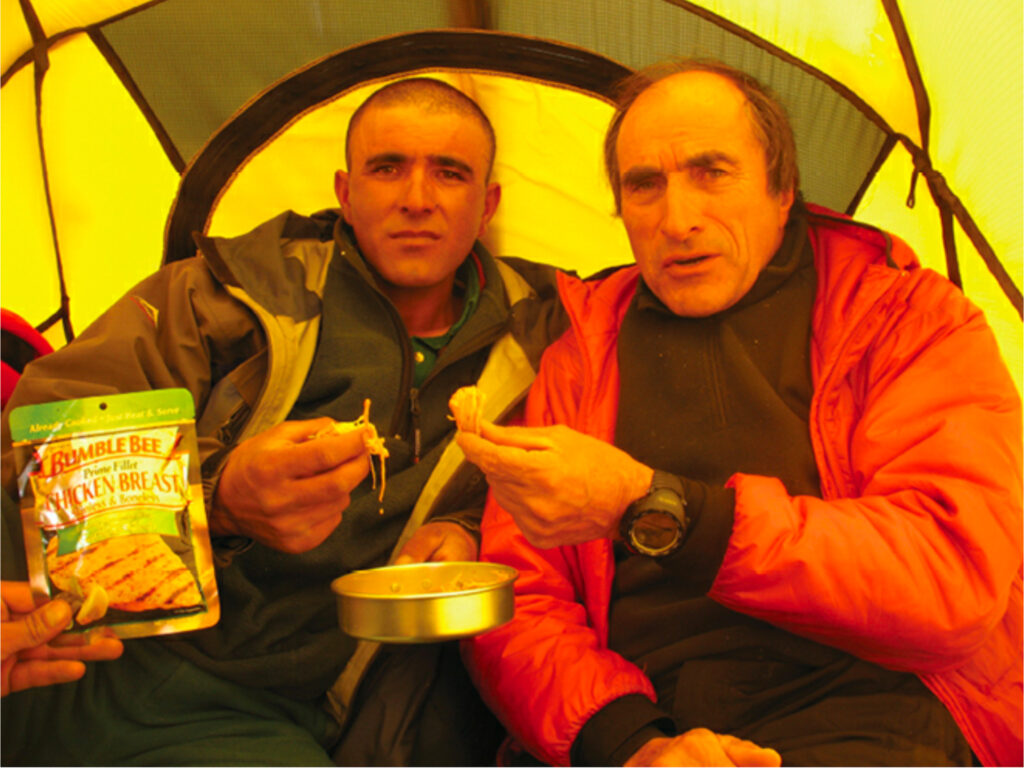
The Cost of Being Unnoticed
The global climbing community collectively mourned the lives lost on K2 in 2008; however, few were aware of or remembered the names of Meherban Karim or Jehan Baig. The majority of media coverage concentrated on commercial climbers, whose accomplishments, challenges, and fatalities dominated the headlines, while the narratives of local climbers were often relegated to mere footnotes, if referenced at all.
Yet, it is these individuals — the Meherban and Jehan of Shimshal — who significantly contributed to Karakoram mountaineering. They shoulder heavy loads, secure ropes, and frequently assume the greatest risks, all without the rewards, recognition, or safety measures extended to foreign climbers.
On this anniversary, we must pose the question: How many more local heroes must perish before we genuinely acknowledge their contributions?
As Pakistan emerges as a pivotal center for international mountaineering, it is imperative to transform the prevailing narrative. We should honor local climbers not only for their remarkable achievements but also for their sacrifices. Their stories warrant preservation in documentaries, climbing literature, and the national consciousness. Governmental support, along with appropriate training, insurance, and recognition, is not merely overdue; it is vital. Their legacy ought to inspire a more ethical, inclusive, and responsible mountaineering culture in Pakistan and beyond.
